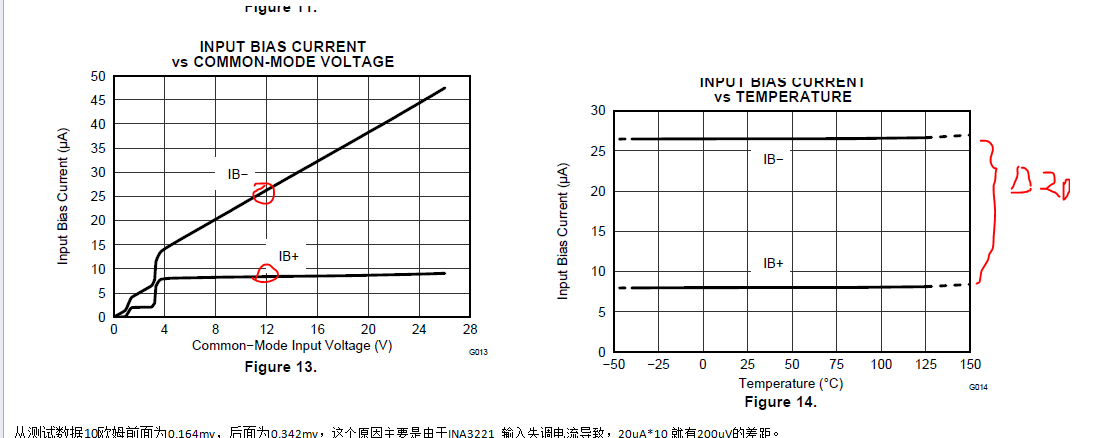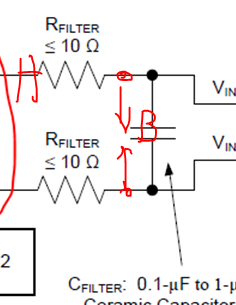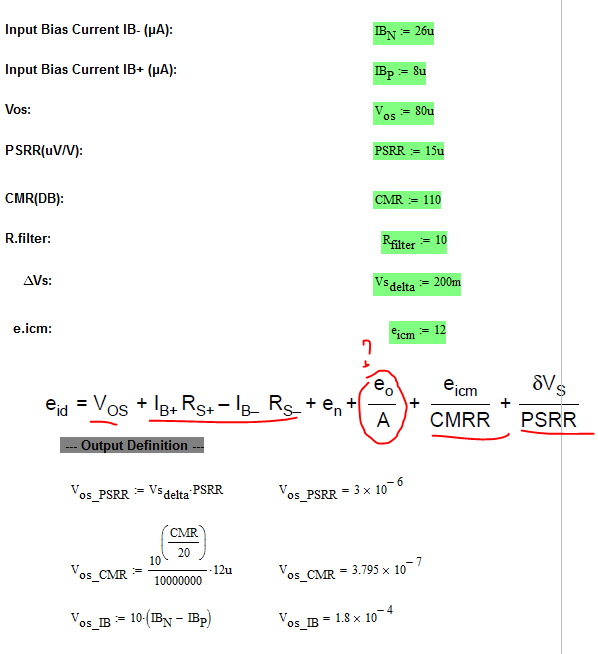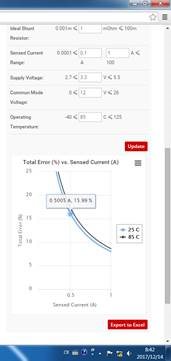Other Parts Discussed in Thread: INA219, INA226, INA230, INA220, INA231
Hi, team,
I have one question about INA3221.
What is the accuracy under different VIN+/VIN- voltage? For example, when VIN+/VIN- is 0~5mV, 5~10mV, >10mV.
Is this just influenced by the same offset, 1-LSB step error and gain error?
Thanks.
Johnny







